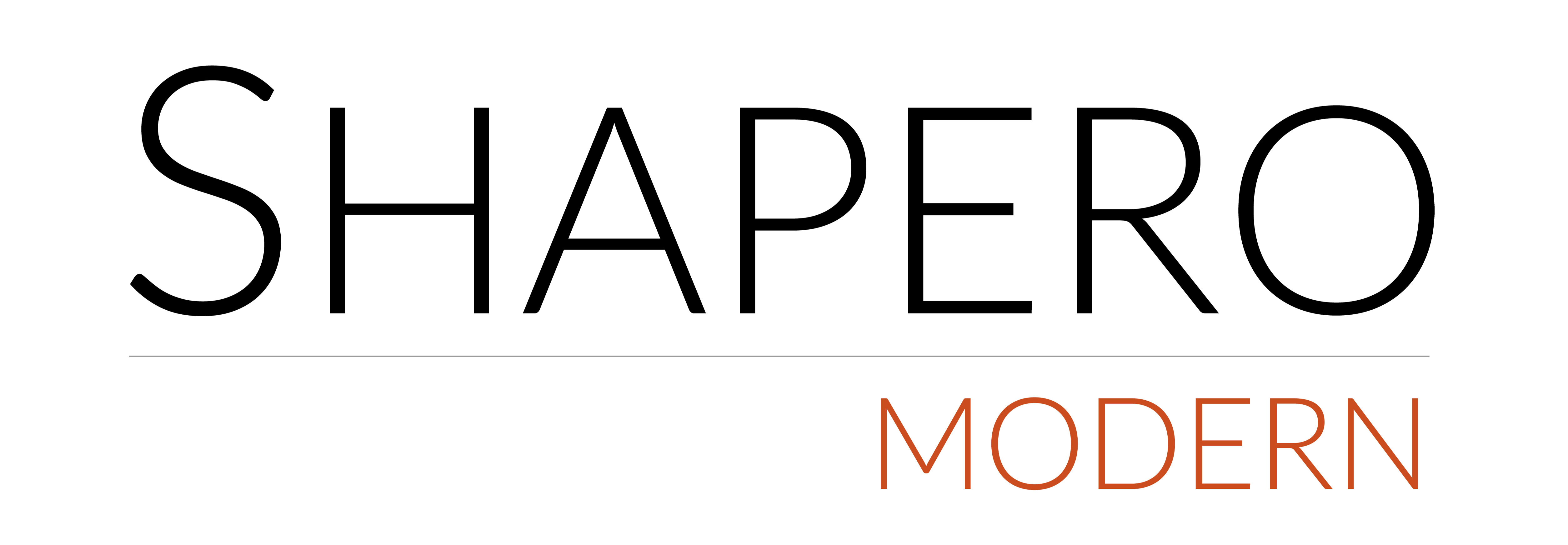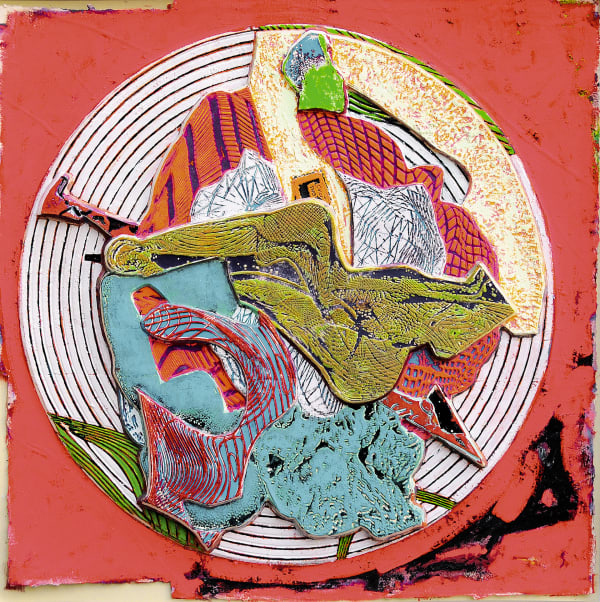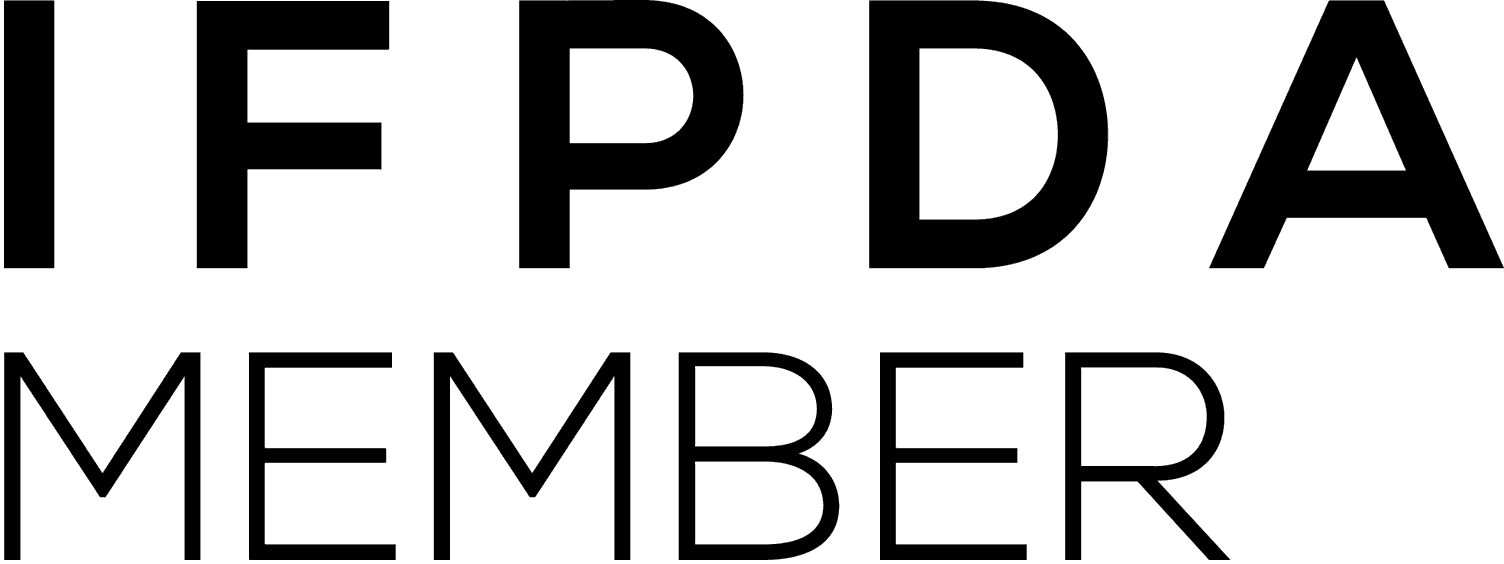Maximalism: More is More
Maximalism, the art of excess, was a response to the Minimalism of the 1960s. Artists took to aesthetically overloading their canvases and printing plates, incorporating numerous techniques, materials and colours into their works.
‘More is More’ spotlights the aesthetics of Maximalism’s key figures and their desire to fracture the traditions of Minimalism.
Maximalism shares its roots with Neo-Expressionism, another movement which countered the reductive Minimalism of the 1960s. By the late 1970s, artists such as Frank Stella, Sam Francis and Harold Cohen were favouring bold and diverse colour palettes and merging ideas or concepts within one piece. Maximalism for this select group of artists became an expressive tool, using the conflicts between contrasting colours, patterns and shapes to create a sense of tension. They became vibrant opponents to the withdrawn and muted palettes of Minimalism.
Maximalism challenged the established rules of abstract art, drawing inspiration from the ever-growing multiculturalism of the Western world. As a result, techniques, materials and imagery from non-Western art are often incorporated into Maximalist art. In some instances artists have incorporated striking patterns from Indian textile traditions overlaying them with abstract compositions commonly found in American Abstract Expressionism. The Indian art collection of British artist Howard Hodgkin, as well as his travels to the country itself, had a major influence on his Maximalist artworks.
By compounding and layering mediums, patterns and forms, Maximalism embraces the complexity of artistic creation that Minimalism attempted to deny. Whereas Minimalists such as Donald Judd reduced art to its core geometric principles, Maximalists look to show the inherent complexities of artistic concepts by bringing together as many styles and techniques as possible.
The artists featured in this exhibition - Frank Stella, Robert Rauschenberg, Sam Francis, Harold Cohen, Pia Fries, Ivor Abrahams, Sol LeWitt, Howard Hodgkin and William Tillyer - may be unique in their approaches, however they are certainly united by their seminal roles in the Maximalist movement.
Each of these artists were avid printmakers throughout their careers and, for many, printing was the chosen medium for their Maximalist works. Printmaking became a staple of Maximalism because many of the techniques allow for the layering of colours, materials and patterns. In this regard, it was a prized medium for achieving the complexity that sits at the core of twentieth-century Maximalism.






